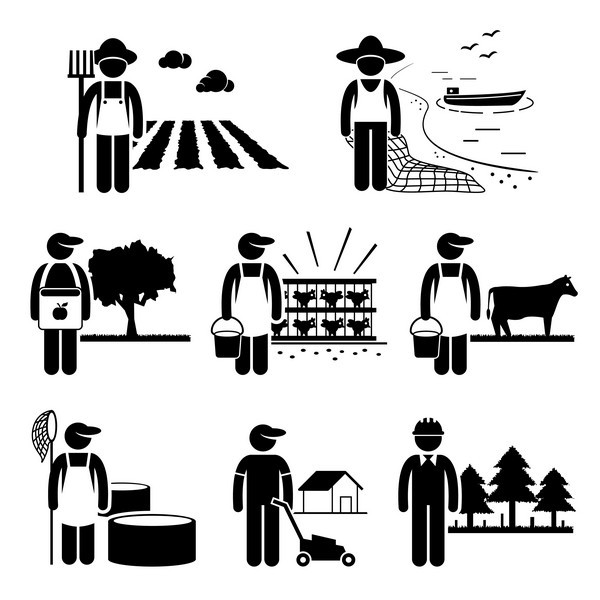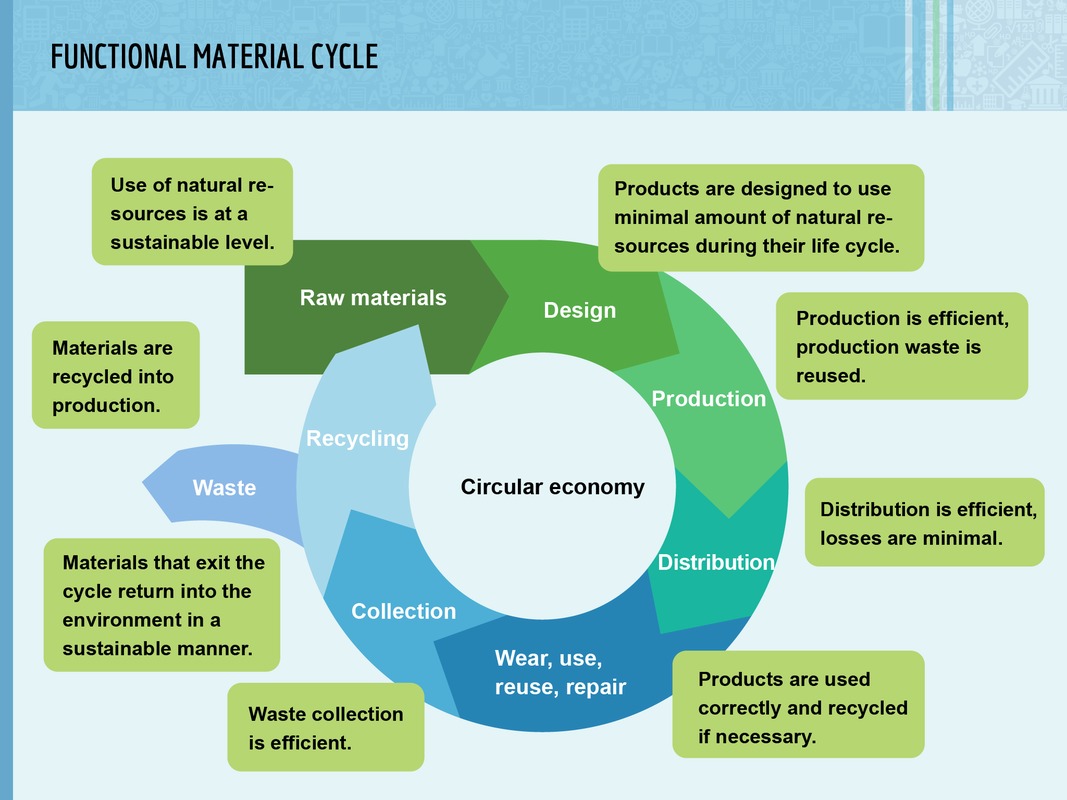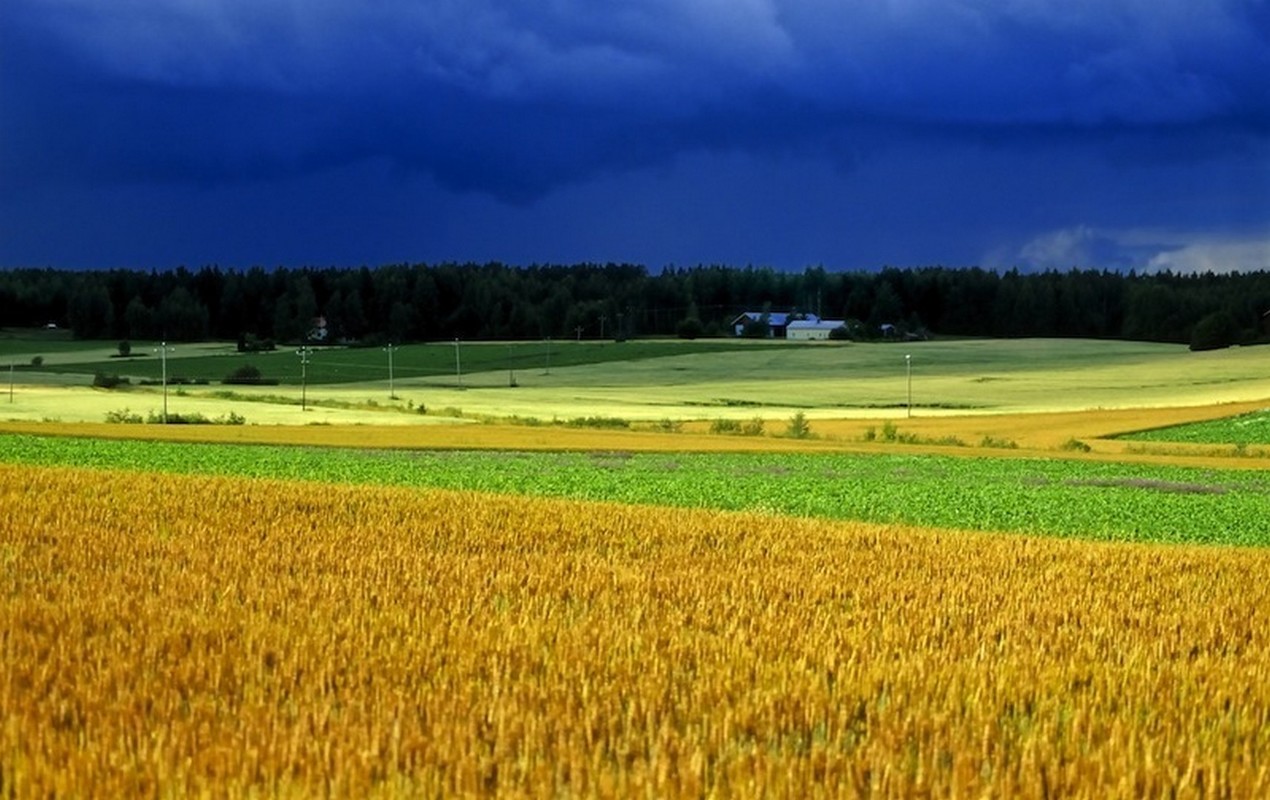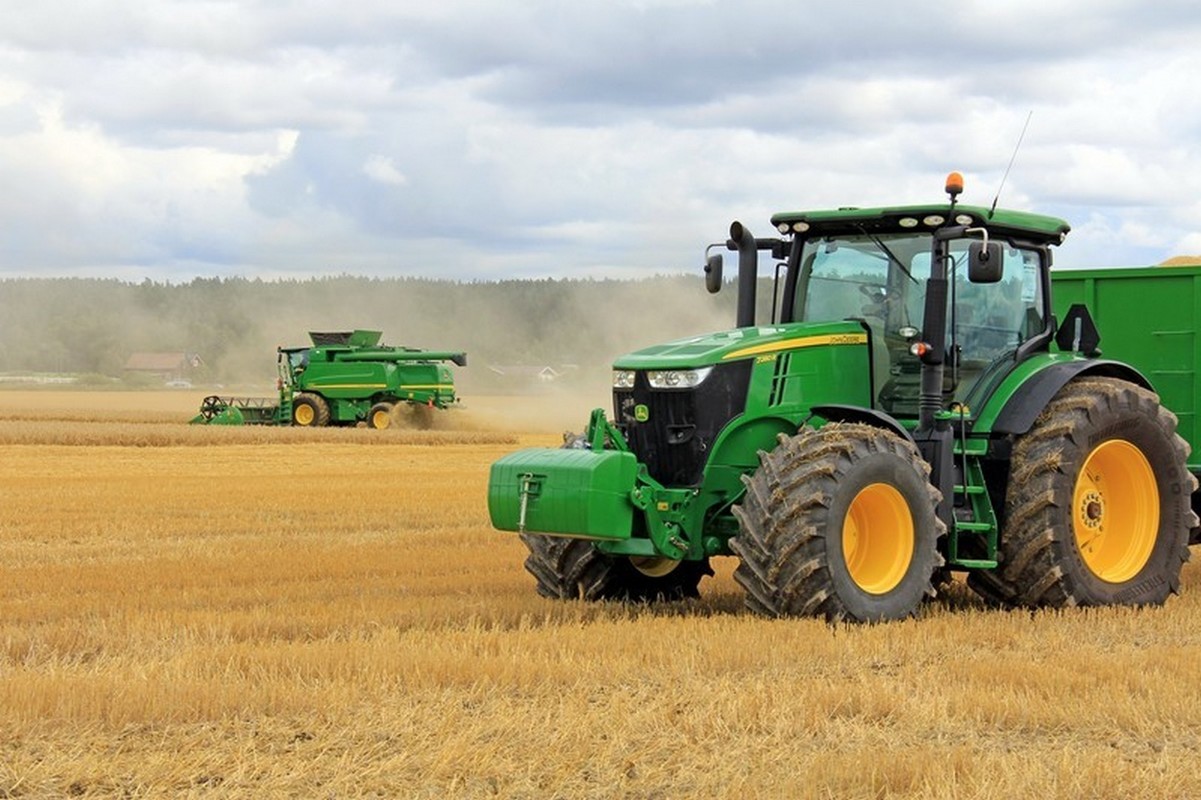17. Bioeconomy
Contents
17.1 Ecosystem services and natural resources
| Service | Description |
|---|---|
| Production services | Goods and resources provided by the environment, such as edible natural resources, agricultural products, clean water, energy and raw materials. |
| Regulation services | Climate regulation, flood regulation, ground water formation, water cleaning, pathogen regulation, erosion regulation and pollination. |
| Cultural services | Recreation, mental and physical well-being, science, art and education. |
| Maintenance and conservation services | The diversity of genomes, species and ecosystems. The cycle of water and nutrients, the formation of soil, photosynthesis. |
Natural resources are things that humans can gather for use from their natural environment. Natural resources can be divided into material and immaterial resources.
Material resources include things like forests, rocks, ores, agricultural soil and clean water. They can be possessed, bought and sold. They can be either renewable or non-renewable.
Non-renewable resources include all resources that do not renew after use. These include all ores, minerals and rocks, oil, natural gas, coal and peat.
Immaterial resources include all kinds of mental, spiritual and physical benefits that the environment gives for us humans. They cannot be bought or sold, and their value cannot be measured in money.
Some natural resources, such as solar radiation, oceanic currents and the wind are continuous. They can be used without them ever running out. They are examples of immaterial, renewable resources. Various kinds of ecosystem services, such as plant and animal growth, ground water filtering and plant pollination are also examples of renewable resources.
Recyclable resources include all natural resources that can be used multiple times. For example, paper waste can be recycled and used to make a roll of toilet paper, whereas scrap metal from cars can be recycled for the construction of various things.
17.2 Bioeconomy
 A bioeconomy is an economy that is based on the use of renewable and recyclable natural resources. When compared to other kinds of economies, bioeconomies produce fewer carbon emissions and use energy more efficiently.
A bioeconomy is an economy that is based on the use of renewable and recyclable natural resources. When compared to other kinds of economies, bioeconomies produce fewer carbon emissions and use energy more efficiently. Most ecosystem services are completely free for all human societies. Clean air, good soil and pollinators are usually not taken into account when measuring the wealth of human economies. However, processes that are detrimental to these ecosystem services are also not taken into account in economic planning.
Natural resources have global market prices that are determined in accordance to the rules of supply and demand. However, these prices also do not take into account the amount of environmental harm that results from gathering and using these natural resources.
If all ecosystem services were given a price, it would be possible to find out the instances where it would be cheaper to preserve and use natural services instead of producing artificial alternatives for them. For example, water filtering, flood regulation and climate regulation should be done by choosing the natural alternative rather than the human-designed artificial alternative.
Like a piece of complex machinery that needs all its parts in order to function, the planet needs biodiversity in order to function productively. When nature becomes less diverse, its ability to produce ecosystem services worsens. This makes us more vulnerable for natural disasters and the harmful effects of climate change.
Bioeconomists believe that economic and environmental problems can be solved simultaneously. This can be done by favoring companies that produce the least amount of harm for the environment while also being economically profitable. In the bioeconomy, natural resources are used sustainably and the material cycle has been closed in a way that creates a minimal amount of greenhouse emissions or waste. In other words, the bioeconomy is based on renewable natural resources.
The circular economy is a type of economy that attempts to continue the cycle of products and materials for as long as it is possible. This creates a minimal amount of material and energy waste.


Agriculture is part of the bioeconomy.
Examples of the bioeconomy include the refining of wood into paper and the use of bacteria to clean water. In the future, waste products and byproducts will have to be recycled as efficiently as possible. What is waste for one company may well become the raw material for another company.
![]() bioeconomy.fi
bioeconomy.fi
17.3 Lakes, rivers and the Baltic Sea as material andimmaterial natural resources
Finnish water ecosystems are both material and immaterial natural resources. Strong water currents in rivers and brooks have been used for centuries as a source of energy, first in milling and later in hydroelectric power plants. Most industries require a lot of clean water to produce goods, whereas most power plants require water to cool down busy machinery.
Fishing is a popular recreational activity in Finland, and the nation is home to approximately 1,2 million recreational fishers. For about 50 000 of them, fishing is their most important hobby. Over half a million summer houses are located on the shores of Finnish lakes and rivers, as well as on the shores of the Baltic Sea. Beaches are also important recreational places for Finns, providing opportunities for swimming, fishing, grilling, boating and enjoying the beautiful scenery during the summer.

Finnish lakes are often calming.
The Finnish lakes attract many tourists every year. For them, the well-known Finnish landscapes are exotic and beautiful both in the summer and during the winter. For these tourists, the Finnish lakes are immaterial natural resources. However, tourism also produces billions of euros worth of economic profit for us Finns through various services. Finnish tourism is growing, and it already comprises approximately 10 percent of the nation's exports.
17.4 Clean water as a natural resource
Only approximately 1 % of planet Earth's total water is fresh water. Water is absolutely vital for living organisms: humans, for example, can survive for only approximately three days without it. Clean water is one of the most important natural resources in the world.
When measuring national water supplies, Finland is revealed to be one of the richest nations on Earth. The high amount of rainfall and the cool Finnish climate help to store water into the nation's lakes, rivers and groundwater.

There is enough water for everything we need here in Finland. On global standards, the Finnish water quality is excellent. Finnish water systems provide high-quality tapwater to all corners of the nation, be it groundwater (used by 46 % of Finns), artificial groundwater (19 %) or surface water (35 %). The people of the Greater Helsinki region use water from Lake Päijänne, which is transported to the capital region through a tunnel that is over 200 kilometers long.
| bathing and hygiene | 60 liters (39 %) |
| WC | 40 liters (26 %) |
| laundry | 20 liters (13 %) |
| kitchen water | 35 liters (22 %) |
The amount of water used by individual Finns covers only a fraction of the nation's total water use. In addition to the tapwater we use at home, we also use a lot of hidden water. This water has been used during the production and transport of the goods that we use in our daily lives.
When we count up all the water we use during a year, we can gain a better picture of the average water use of Finns. The result is an average individual water consumption of 3 874 liters of water per day, or a yearly consumption of 1 414 m³ per person. Approximately half (47 %) of this consumption comes from places outside Finland.
| Product | Water consumption |
| a cup of coffee | 240 liters |
| 1 kg of oranges | 460 liters |
| 1 kg of cheese | 5 000 liters |
| 1 kg of potato | 250 liters |
| 1 kg of rice | 3 400 liters |
| 1 kg of chocolate | 24 000 liters |
| 1kg of chicken | 3 900 liters |
Approximately 82 % of the total Finnish water consumption comes from the production and consumption of agricultural goods. Approximately 15 % of the total water consumption comes from industrial consumer goods, and the final 3 % comes from households.
The water consumption that takes place during a product's life cycle is called the product's water footprint.
17.5 Finnish Forests as natural resources
Although only one percent of planet Earth's total forest area is found in Finland, the nation provides approximately 10 % of the global paper and cardboard supply. In addition, the forest industry is an important employer for many Finns, covering approximately 4 % of the nation's total GDP. Overall, the forest industry provides approximately one fifth of the total value of goods exported from Finland.

Trees are a renewable natural resource.
Forests are also immaterial natural resources that provide opportunities for relaxation and recreational activities, such as berry-picking, hiking and hunting. Immaterial natural resources are impossible to own, and their value cannot be measured in money.
Forests provide various ecosystem services. They absorb water when the snows melt in the spring, reducing the risk of floods. They attract clouds that provide useful rainwater. They provide a habitat for various organisms. Most importantly, they act as carbon sinks by producing oxygen and absorbing large amounts of carbon dioxide from the atmosphere.
|
Product |
Amount |
Unit |
Value (million €) |
|
Wood used in the forest industry |
65 |
million m3 |
1 600 |
|
Fuel wood |
7 |
million m3 |
110 |
|
Wood chips |
9 |
million m3 |
180 |
|
Christmas trees |
1,4 |
million trees |
25 |
|
Natural berries, bought by stores |
9,1 |
million kg |
9 |
|
Natural mushrooms, bought by stores |
0,9 |
million kg |
3 |
|
Lichen, exported |
0,2 |
million kg |
1 |
|
Mammals |
11,0 |
million kg |
69 |
|
Game fowl |
0,6 |
million kg |
14 |
|
Reindeer meat |
2,5 |
million kg |
17 |
17.6 Agriculture and gardens as natural resources
There is a lot of agriculture in Finland. Cereals and dairy are the most important Finnish agricultural products. In addition, agriculture is an important employer for many Finns.

Agriculture is important for the Finnish economy, although we cannot be completely autonomous.